Welcome to Apply Information to a Design Project. As you progress through this topic, you will learn about:
- Evaluate sources of information
- Apply aspects of design history and theory
- Design in a culturally appropriate way.
Terminology and vocabulary reference guide
Working in an office environment, you need to be familiar with terms associated with principles and use the terms correctly (and confidently) with clients, your colleagues, and other industry professionals. You will be introduced to many terms and definitions. It can come handy to start a vocabulary reference guide by adding any unfamiliar terms into a notebook or a Word document.
Activities
There are activities within this topic and an automated quiz at the end of this topic. This is not part of your assessment but will provide practical experience to help you in your work and help you prepare for your formal assessment.

Sources of information will need to be evaluated, not only for their validity but also to determine that the information is suitable for the design brief. Otherwise, it would serve no purpose. It is imperative to understand that the planning of all design work must stay focussed on the final destination, the end product and not veer off track. With that in mind, every step taken during the design process will need to ensure it aligns with the project outcomes and the design brief. Evaluating is still a part of the planning stage, however, it crosses over to applying the information into a design also. Let’s learn more about why the sources of information need to be evaluated and how.
How to evaluate the sources of information
Imagine undertaking research for the historical design theories, and collecting information from multiple sources, only to find out it was irrelevant to the needs of the design. The key step in avoiding a situation like this is to evaluate the sources of information. This means ensuring that the sources that are being collected are valid. Three main factors that help to determine the validity of a source include:
- Credibility
- Accuracy
- Suitability.
When evaluating a source of information, designers must consider these three factors for the researched information that has been obtained. If the acquired sources are not reliable, neither is the related information. Subsequently, this may present considerable errors in the findings and make for an inaccurate design. Let’s elaborate on how to evaluate the credibility, accuracy and suitability of acquired sources.
Credibility
For a source to be deemed as a credible source, it must be of high quality and trustworthy. The credibility of any source will impact how the designer will use the information to make decisions when creating their design work. When designers use a credible source, the decisions made during the planning stages become trustworthy and reliable. This will contribute to the overall outcome of the design.
Several factors can contribute to the source’s credibility. Among them are two main factors that help determine the credibility of the sources of information, these are:
- The authors' credentials/expertise/qualifications
- The authors perspective/personal views.
Let’s unpack this a little further, starting with some questions.
Where did this source get the information from? A credible source will often contain information on the authors' credentials. For example, having an author that has written information on a topic where they are considered an expert in their field may provide more authentic and reliable information.
Who is providing the source of information? At times an author may not be listed on the acquired source, instead, the organisation takes ownership of the information provided to others. This is common among reputable newspaper and magazine organisations, art galleries, government websites, medical studies along with other trusted organisations. Places such as these will undertake a process of examination to confirm the validity of the information before it is published. This might include steps in the process such as fact-checking, proofreading, editing, peer reviewing and further research to support the information being delivered. Subsequently, these reputable sources would have done a lot of the groundwork already, helping designers to trust the source of information they want to use for their design work.
Are the authors' perspectives and views biased? This can also determine the accuracy of the source. Authors sometimes unintentionally provide information that pertains to their own views and perspectives on topics. This might still be useful, however, to get a well-rounded understanding of a topic, it is better to obtain information from authors that can deliver information from all angles. Alternatively, gain multiple sources of credible information that looks at different perspectives, therefore allowing the designer to form their own understanding.
Journal articles are considered to be a valid source of information as they undergo a thorough peer review that eliminates the chances of having an underqualified or under-experienced author as well as unbiased information.
Accuracy
There are many influencing factors that can determine the accuracy of a source. With ample information that can be retrieved from a variety of easily accessible sources, it is highly likely to find sources with conflicting information. Designers will need to assess if the sources are factually correct to be confident that they will be of a valid use for the design. The following explains some of the methods that can help in evaluating the accuracy of the sources.
Retrieving information from multiple sources: Simply because the information pertains to a reputable source does not necessarily mean the information is comprehensive. There may still be information missing. To get an understanding of the bigger picture, it is essential to gather as much information from multiple credible sources to best inform the designer of the knowledge needed.
Misleading information: This is another example of needing to gain more than one source. Some sources may purposefully leave out key information that might be needed by the designer.
Biased opinions: Any acquired information on topics will sometimes be steered towards the authors’ opinion or perspective. This means the information can be influenced and the accuracy is flawed. A good example of this is comparing news articles from two different countries. They may report on the same news topic. However, they may be delivered differently depending on if the cultures have a different perspective or view on the events or if the reported news impacts that country in a different way, (such as a financial or economic impact). In other cases, bias information is intentional. For instance, if a group or organisation with its own agenda may sponsor research or information. The sponsorship may influence the results to support their agenda.
Date of the information: This is a necessary aspect of the sources information that should not be overlooked. The information that pertains to many topics can continuously adjust, update or change entirely over time. New revelations, studies, data, experiences, technologies and more can impact the accuracy of the information. Having current information means that it is more likely that the information is correct. Information can sometimes be made redundant if outdated, thereby making the information inaccurate and not effective for application into a design. In saying that, solely relying on the most current sources will not always be the research needed as past information might be what is suitable for the research to help inform the work.
Suitability
A credible and accurate source of information might be obtained but will be useless to a designer if it is not fit for purpose. The source will need to be suitable for the design. During the research process, the first step is to define the historical design theory that is needed to be researched. This is determined from the design brief. For example, if the brief will require designs from Art Deco, and the sources obtained relate to Art Nouveau, is the source appropriate for the design? Certainly Not. Suitability is just as important for the validity of the source as credibility and accuracy. Evaluating the suitability will involve the following:
Interpreting the brief correctly: A brief will need to be read and understood. There might be specific requirements needed for the design that may include:
- Client information
- The design project scope
- Who is the target audience?
- The desired outcomes of the design
- Timeline
- Budget.
Interpreting the information in the brief will give clues and direction or the sources of information that are needed to be collected to inform the design. After reading the information and any supporting documents for a brief, this can then be discussed with peers, colleagues, client/s and management to assess which would be the most suitable sources of information to be collected.
It is important to note, no design is created without the collaboration of others. This is an element of the design process that will always be required, and consequently, it is important to have the skill for communicating well with others as this will also allow for a clear direction for completing any design.
A designer must be certain of the reasons a design style or historical period that has been selected for research can support the client brief and how they can contribute to them.
In summary, the validity of a source will need to be evaluated from various angles to contribute to the brief in a useful manner. Following this, these sources will then need to be assessed before applying any of the information to design work.
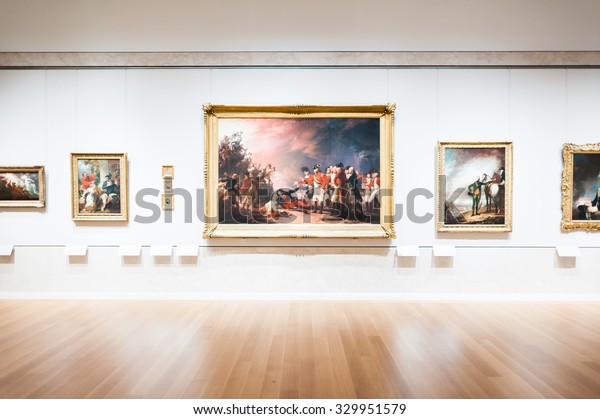
Expanding on the historical movements will necessitate an understanding of how to use the designs elements and aspects to influence the design work. Research is necessary to become familiar with historical movements and their characteristics. There are so many movements that can be explored, and the aspects of their designs can be used or adapted into the designers' current design practice. A designer may consider, for example:
- Will the design work benefit from integrating aspects of vigorous brush strokes and vibrant colours used in Fauvism?
- Does the design require elegance and geometrical shapes such as Art Deco designs?
- Will the typography be decorative with stroke endings such as Art Nouveau style fonts?
Designers will use the information of historical movements to create engaging designs using those elements and aspects of the historical designs. A designer might be inspired by more than one aspect of the designs applications and merge a variety of characteristics that may work well together to achieve the projects desired outcomes. It is good practice to document the reasoning as to why the movements have influenced the work and how they have been adapted into the current design. It provides others viewing the documents with the logic that was applied to the design in order to satisfy the client brief.
The following lists a few well-known designers who have applied aspects of historical design theories and adapted them to their design practices.
Lester Beall was an American graphic designer, who had an art history background, which he used to re-invigorate American graphic design during the 1930s and 1940s. He was particularly interested in Surrealism, Constructivism and Dada as art movements, and would most likely have known the works of German poster designer Lucian Bernhard’s early 20th century works. He used photomontage, and collage, strong flat colour and bold lettering reminiscent of the Bauhaus and Constructivist graphic aesthetic.
See the following example of Bealle’s inspired work.


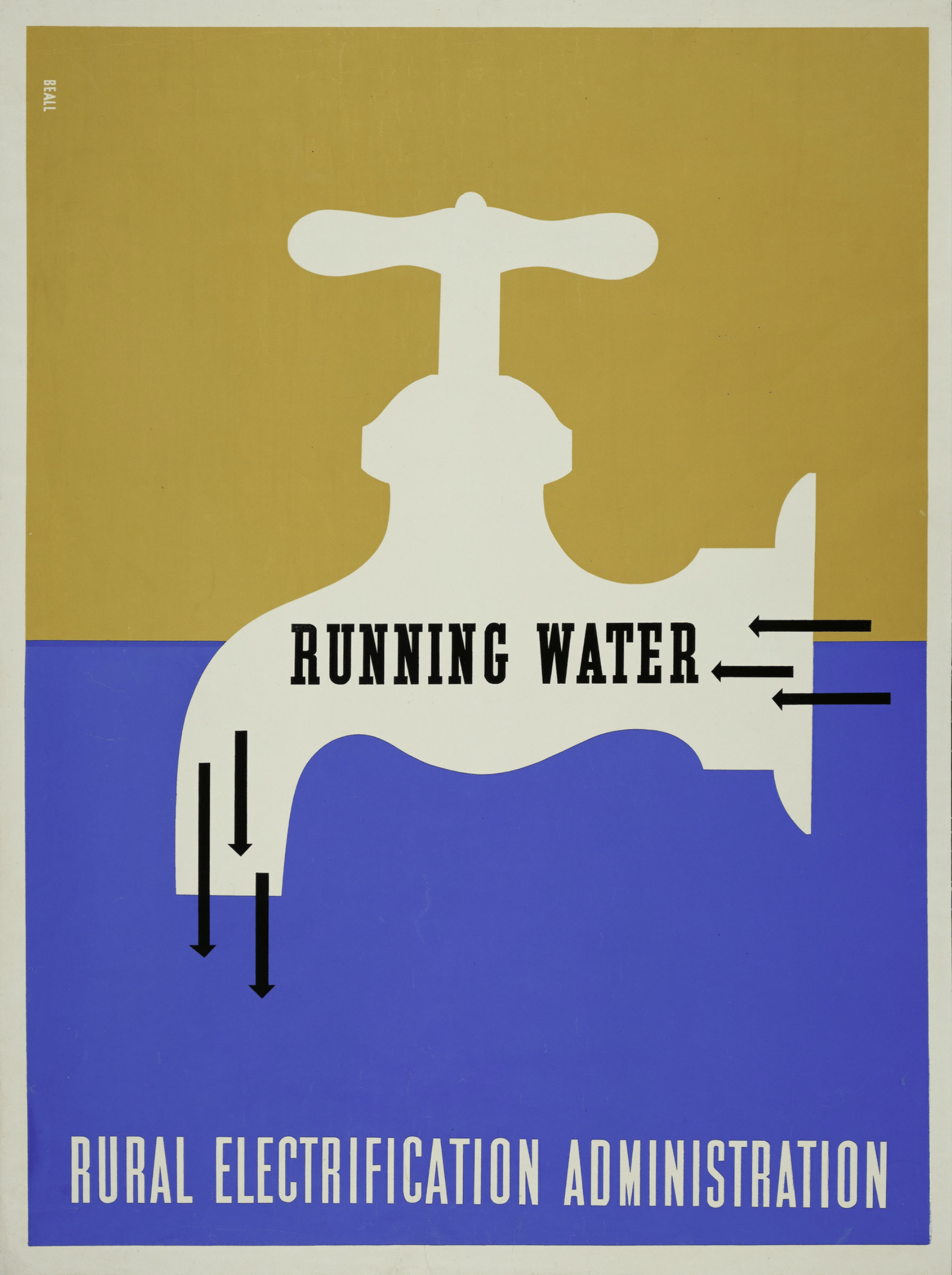
Erté (Romain de Tirtoff)- Erté was a Russian born French illustrator, fashion designer, theatrical set and costume designer. His work is most remembered for his long association with Harper’s Bazaar, the fashion magazine. Erté created their front cover illustration for nearly 21 years from 1915-1936.
See the following example Ertés’ magazine cover at Harper’s Bazaar.

Alexey Brodovitch- was another Russian émigré who worked extensively with Harper’s Bazaar as their art director between 1934 and 1958. He was a photographer and designer. He also went to Paris upon leaving Russia after the Revolution and became immersed in the art milieu of the times. He was aware of the current art movements and ideas during those early years of the 20th Century. During this time, he worked for the art magazine Cahier Art as a layout artist, honing his skills in graphic design. He moved to America in 1930 to take up a headteacher role at the Pennsylvania Museum School of Industrial Art’s Advertising Design Department. He was an inspiring teacher. See the following example of Brodovitchs’ designs.
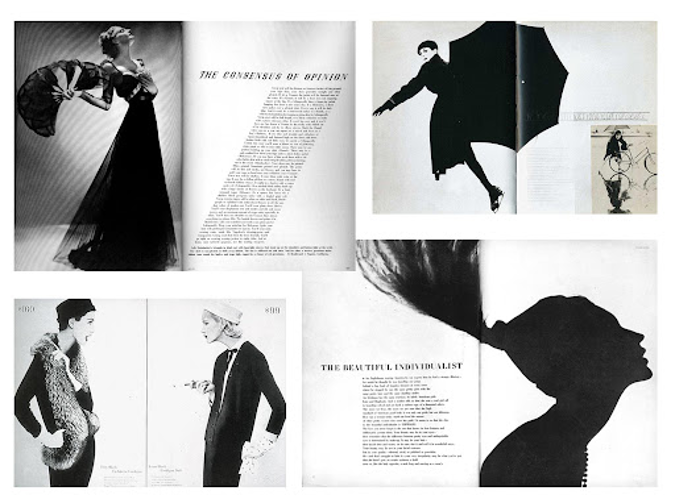
Josef Muller Brockman was born in Switzerland in 1914. He was a leading exponent of the influential Swiss International Style in graphic design. His two book, The Graphic Artist and His Problems and Grid Systems in Graphic Design still resonate today. He was an expert at design, with the use of grid, simple colours and shapes and clean typography, he created some of the best examples of the Swiss International Style of graphic design. See the following example of Brockmans’ design.

Paul Rand was an American graphic designer, who was the first to take on board the Swiss International Style aesthetic. Born the same year 1914 was Brockman, Rand became an American graphic design superstar. He also translated his knowledge and understand of the early 20th.Century European art movements and their philosophies into American commercial design. Some of his logo work was so inspiring that it has never been upgraded, hence he is still considered a Brand Identity guru!
See the following examples of Rands’ work.

Historical movements influence all designers in the creative applications of their current practice. However, the historical movements and messages they convey cannot be ignored when adapting these aspects to the design work. Let’s move on to learning about how to adapt these in a culturally appropriate way.

Having an understanding of historical movements will allow designers to know where in history they will derive inspiration for a design and how to clearly communicate their vision for the design. Designers will need to refer to other designers, influences and styles throughout time in order to be inspired. Using aspects of the historical design theories such as influences, and styles will inform their work. However, historical designs and theories subconsciously create a remanence of its historical values. Therefore, a designer needs to ensure that the application of the work remains culturally appropriate. This refers to what message the designer is trying to convey and what reactions, emotions and responses it can evoke in audiences that view the design.
If the historical design style is going to be repeated in the design work, it must be repeated with purpose and accuracy in order to be culturally appropriate.
Designers today are equipped with different design tools and materials that can imitate aspects of historical design styles. The challenge for a designer is to be able to do this in an innovative and engaging way whilst ensuring it is culturally appropriate. But what exactly does that mean?
Many movements throughout history communicated many social, cultural and political messages. Though many may have communicated things in a positive light, many still have a remanence of negativity. For instance, Modernism was a social, political and cultural movement that was a reaction to rampant industrialisation in most countries across Europe and North America (and in many other countries, including Australia). The movement was also associated with a degree of panic about the moral impacts and changing social values, and the death and trauma of the World Wars. The importance of reapplying styles in a cultural way refers to knowing enough about the styles historical values and messages they were communicating to ensure it doesn’t conflict with the messages needed to be conveyed for the design and aligns with the requirements of the design brief. For example, using an image of Hitler for a Kosher Café would be culturally unacceptable.
Let’s have a look at the following table that describes three of the considerations that must be taken when applying aspects of a design appropriately to one’s current design process.
| Social considerations | Social considerations (or factors) influence and define how people live in a society, such as economic, political, and legal systems, population density, and the natural resources of a country (for example). |
|---|---|
| Cultural considerations | Cultural considerations may include cultural preferences, languages, education, religion, rituals and ceremonies, pastimes, food, architecture, ethics and values and social organisation. |
| Political considerations | Political considerations may include economic, political, and legal systems, degree of democracy, property ownership, freedom of speech and human rights. |
When developing an understanding of the history and theory of design, it will be clear to see that some design movements either promoted or challenged the prevailing social, cultural and political views of the time. Many see this proactive stance as an essential role of the artist. That is, art and design are not simply a passive activity of decorative art or functional design but is an active pursuit that seeks to challenge current thinking.
How society, culture, politics, and design fit together
Regardless of the era, the social, cultural, and political context at any point in time will affect the work of creatives. For example, in the typography, colours, photography, symbols, icons and information graphics that are used in designs. And vice-versa artists, writers and others influence society, culture, and politics. Similarly, our social, cultural, and political experiences and beliefs inform many things that we do (even if we are not conscious of these influences).
Designers and image-makers can shape visual communication, and with that comes the responsibility to be aware of our work's political meaning and impact. In our global world, designs that appear today will likely circulate and encounter audiences of many different cultures and languages. An image or symbol acceptable in one culture can be offensive or even harmful in the next.
Political art
Political art transcends the field of art, entering the daily nature of people, an art that makes them think…Political art has doubts, not certainties; it has intentions, not programs; it shares with those who find it, not imposes on them…Political art is uncomfortable knowledge.
Slide through the following examples of images to see which feelings and emotions spark up in you when viewing them. What messages do you feel they might be communicating? What styles and aspects of designs can you see being used within the designs?
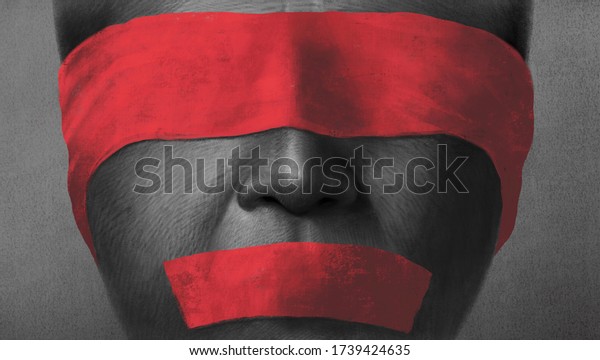
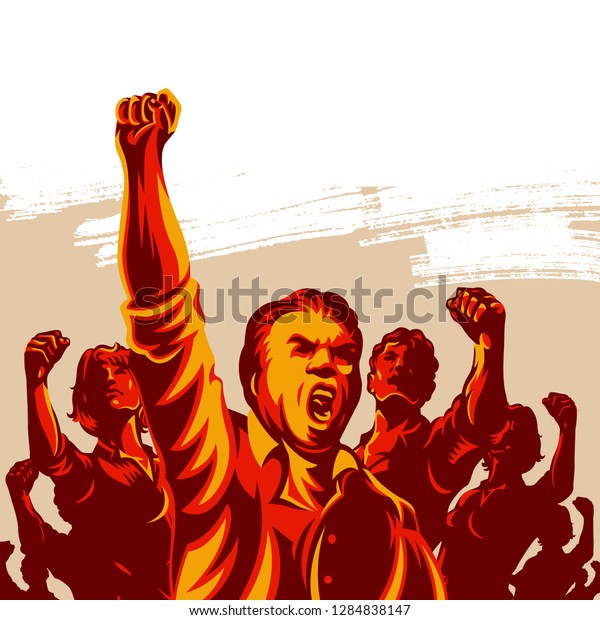
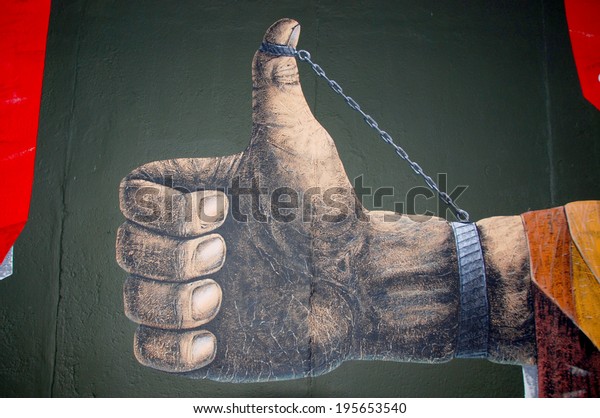

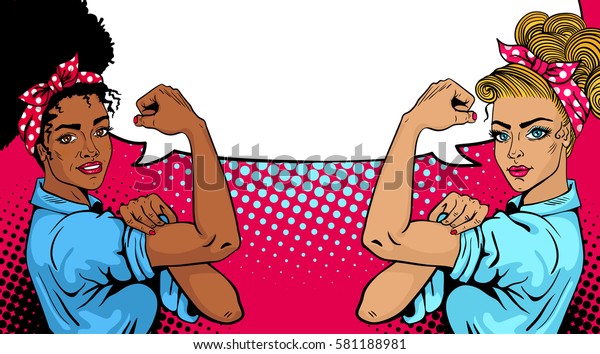

Art and design have always been used to make statements both personal and public. Political art is also known as protest art, activist art, politically motivated art or socially engaged art. It is intended to make people question people's motivations other than themselves and create uncomfortable knowledge that sticks when we are not in front of the art. It is the tiny seed of doubt and reminder that informs and shapes and frames our values. Political art should constantly reframe our values to reconsider what we hold to be correct and wrong and true and false.
Political art movements
At times artists have collectively embraced a cause and either explicitly promoted or challenged the prevailing social, cultural, and political views of the time. The following table identifies three of the movements.
| Movement | Activity | Example |
|---|---|---|
| Social Realism (1900-1950) | Between the two World Wars, a movement known as social realism emerged in response to the social and political turbulence and sufferings of the time. It drew attention to the everyday conditions of the working class and the poor. It also refers to the work of painters, printmakers, photographers, writers, and filmmakers who, in response to the social and political instability and sufferings of the time, called attention to the socio-political realities of the working class. Well-known artists included American Charles White, Australian Noel Counihan and photographers Dorothea Lange American, F. Oswald Barnett Australian |
|
| Dada (1916-1922) | The Dada artists were fuelled by the disillusion and moral outrage at the unprecedented carnage of World War I. This movement was aiming to shock people out of complacency, typically generating feelings of uneasiness through their artwork. In addition to being anti-war, Dada was also anti-bourgeois and had political affinities with the radical left. The original Zurich Dadaist were Tzara, Ball, Henning and Arp. Duchamp in Paris was already espousing anti-art Dadaist ideals. Dada later evolved in Germany lead by Heartfield, Hoch, Ernst and Schwitters. | 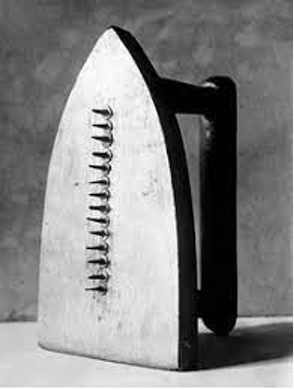 |
| Mexican muralists | During the 1920s the Mexican Muralists such as Diego Rivera, Jose Orozco and David Siqueiros were revolting against what they perceived as tyrannical industrialisation and exploitation of workers (the ‘proletariat’). They intended to highlight the need to protect workers’ rights through painting large public murals reflecting Leninist ideals. They replicated traditional painting strategies, and like Renaissance artists, they communicated and educated people through their powerful scenes. |  |
Aboriginal and Torres Strait Islander art
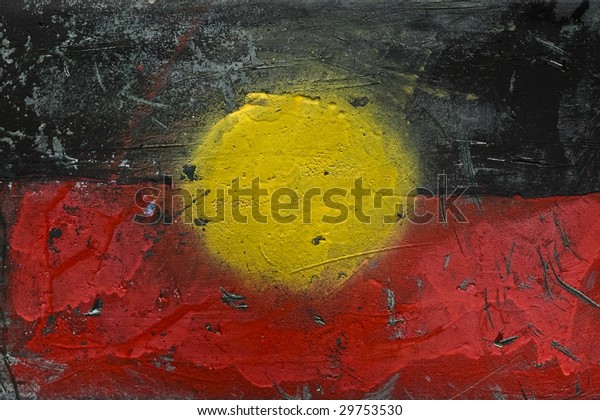
Aboriginal and Torres Strait Islander people also have a history of protest art in Australia. In this final section, we look at the work of five contemporary Aboriginal and Torres Strait Islander artists.
Yhonnie Scarce: Her work ‘Cloud Chambers’ is a monumental sculpture made from 1,000 delicate glass yams suspended from the ceiling. The glass yams have been hung to form the shape of a mushroom cloud — specifically, the cloud from the final nuclear bomb that the British set off while testing nuclear weapons in Maralinga in the 50s and 60s. Maralinga was home to the Maralinga Tjarutja people at the time of the tests — and the fall-out had predictably terrible repercussions for them. But clouds from those explosions also travelled to Woomera — where Scarce, who belongs to the Kokatha and Nukunu peoples, was born in 1973. Cloud Chamber is one of a suite of works by Scarce that explores the explosive effect of Maralinga on Aboriginal land and people across generations. 10
Judy Watson: Judy Watson works across painting, printmaking, drawing, video, sculpture and public art. She was born in 1959 in Mundubbera, Queensland. In 2007 at the funeral of her grandmother (a member of the Stolen Generations), she learned about a late 19th-century massacre of Aboriginal people at Lawn Hill (north-west Queensland) that her great-great-grandmother Rosie survived. Tony Roberts' book Frontier Justice: A History of the Gulf Country to 1900 recounts Rosie's incredible survival story and describes a homestead at Lawn Hill station in 1883 that had ‘40 pairs of blacks' ears nailed round the walls’ (ABC News 2020). Watson made a work about the ears and Rosie’s escape by moulding and casting the ears of volunteers in dental alginate. Watson first exhibited the ears in 2008 as an installation titled Salt in the Wound nailed to the gallery's walls. 10
Learn more about both artists on the ABC Art Show, including photos of their works.
Meet Judy Watson, the artist exploring her Aboriginal heritage and using art to bring about social change.
Richard Bell: A member of the Kamilaroi, Kooma, Jiman and Gurang Gurang communities, Richard Bell, works with video, painting, installation and text to tackle the debates and issues concerning Indigenous people in the 21st century. In 2003, this hard-edged artist and political activist also helped establish ‘proppaNOW’, a Brisbane based Indigenous arts collective. Meet Richard Bell, an activist and artist who challenges preconceived ideas about Aboriginal art.
I make art for other Aboriginal people. I want [my art] to be empowering to them.
Tony Albert: Tony Albert's practice reveals his interest in mass-produced products from Australia's history and what these say about dominant beliefs. By collaging, sculpting and transforming images, brands and texts, Albert reframes modern Indigenous Australian history through its representations in 'kitsch' material culture. His work, ‘Sorry’ (2008) was inspired by former prime minister Kevin Rudd's formal apology to Indigenous Australians on 13 February 2008. On this day, Australia witnessed one of its most overtly optimistic displays of unity and emotion and grew up in the eyes of many. The following video shows Tony Albert discussing his work within Australia’s political history.
Vincent Namatjira: Vincent Namatjira OAM is an Aboriginal Australian artist living in Indulkana, in the Anangu Pitjantjatjara Yankunytjatjara in South Australia. Namatjira uses humour to explore the complex issues of colonial history and its living consequences on Aboriginal Australians in his bold and dramatised portraits. His work has been nominated for the Archibald Prize several times, won the Archibald Prize in 2020, and won the Ramsay Art Prize in 2019. Learn more about Namatjira’s Archibald Prize-winning entry of self-portrait alongside Adam Goodes.
Protocols for sharing Indigenous knowledge in communication design practice
Misappropriation of Aboriginal and Torres Strait Islander cultures in design and the media has long been a serious issue in Australia. As a design professional, you must be aware of this issue. One way to ensure you do not act irresponsibly or unethically is to become familiar with and use the Australian Indigenous Design Charter in your professional practice.
The Australian Indigenous Design Charter aims to help facilitate accurate and respectful representation of Australian Aboriginal and Torres Strait Islander culture in design and associated media. The role of the Charter is to assist both Indigenous and non-Indigenous designers.
Designers can also use the Charter to promote understanding with their clients and design buyers, including governments, corporations, businesses, and not-for-profit organisations. Despite protocols for creating, distributing, and owning Australian Aboriginal and Torres Strait Islander visual and media arts, there is still limited information, guidance and professional leadership regarding the appropriate creation and commercial use of Indigenous graphical representations in communication design practice.
In this topic, we focused on Apply Information to a Design Project. You have learnt about:
- Evaluate sources of information
- Apply aspects of design history and theory
- Design in a culturally appropriate way.

